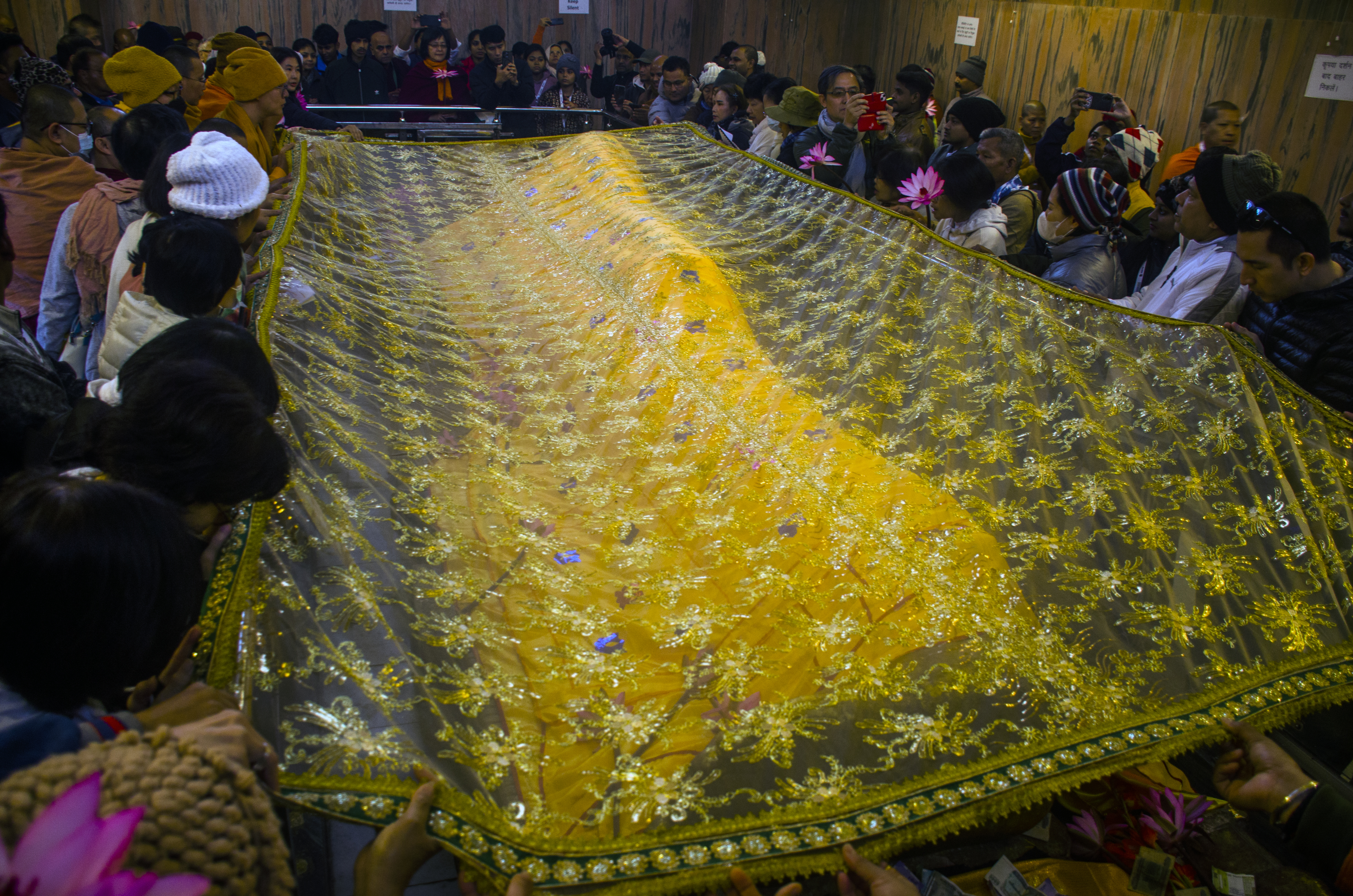|
Tịnh Xá Trung Tâm
Tịnh Xá Trung Tâm is a Buddhist temple in Ho Chi Minh City, the largest city in Vietnam. It was founded in 1965 and is the spiritual birthplace of the ''khất sĩ'' tradition of Buddhism in Vietnam, Vietnamese Buddhism that attempts to recreate the original tradition of the Buddhist Sangha (Buddhism), sangha by walking barefoot and begging for alms. The temple is located at 7 Nguyễn Trung Trực Street, in Bình Thạnh District. It is known for its weekly Bát Quan Trai Giới (eight precepts, Eight Precept Ritual) retreat, which is staged more frequently than at other institutions in the city, and has a reputation among its followers for rigour and discipline. The attendees of the temple are typically over 40 years of age and are overwhelmingly female. The temple is set on a plot of , and construction took ten years. Initially, the complex comprised two halls, two compounds for the sangha other buildings. The temple was the headquarters of the Vietnamese ''khất sĩ'' Sa ... [...More Info...] [...Related Items...] OR: [Wikipedia] [Google] [Baidu] |
Dhammapada
The ''Dhammapada'' (; ) is a collection of sayings of the Buddha in verse form and one of the most widely read and best known Buddhist scriptures.See, for instance, Buswell (2003): "rank among the best known Buddhist texts" (p. 11); and, "one of the most popular texts with Buddhist monks and laypersons" (p. 627). Harvey (2007), p. 322, writes: "Its popularity is reflected in the many times it has been translated into Western languages"; Brough (2001), p. xvii, writes: "The collection of Pali ethical verses entitled "Dhammapada" is one of the most widely known of early Buddhist texts." The original version of the Dhammapada is in the Khuddaka Nikaya, a division of the Pali Canon of Theravada Buddhism. The Buddhist scholar and commentator Buddhaghosa explains that each saying recorded in the collection was made on a different occasion in response to a unique situation that had arisen in the life of the Buddha and his monastic community. His translation of the commentary, the ... [...More Info...] [...Related Items...] OR: [Wikipedia] [Google] [Baidu] |
Kushinagar
Kushinagar (Pali: ; Sanskrit: ) is a town in the Kushinagar district in Uttar Pradesh, India, east of Gorakhpur on National Highway 27, Kushinagar is a Buddhist pilgrimage site, where Buddhists believe Gautama Buddha died. Etymology According to Alexander Cunningham, Kushinagara was named for the abundance of the kusha grass found in this region. History Iron Age Buddha's death When the Buddha reached his eightieth year, according to the '' Mahāparinibbāṇa Sutta'' ( Sutta 16 of the ''Dīgha Nikāya''), he and some of his disciples undertook a months-long journey from Rājagṛha, through Pāṭaliputta, Vesāli, Bhoganagara, and Pāvā, to their final destination at Kushinagar. At Pāvā Cunda, a resident, invited the group to a meal that featured a food called ''sukaramaddava''. Buddha was afflicted by a painful illness resembling dysentery soon after eating it. After the meal, the Buddha crossed the Kakkuttha River (now called the Khanua River) and compl ... [...More Info...] [...Related Items...] OR: [Wikipedia] [Google] [Baidu] |
Nirvana (concept)
Nirvana, in the Indian religions (Jainism, Hinduism, Buddhism, and Sikhism), is the concept of an individual's passions being extinguished as the ultimate state of salvation, release, or liberation from suffering ('' duḥkha'') and from the cycle of birth and rebirth (''saṃsāra''). In Indian religions, nirvana is synonymous with ''moksha'' and ''mukti''. All Indian religions assert it to be a state of perfect quietude, freedom, and highest happiness; liberation from attachment and worldly suffering; and the ending of ''samsara'', the cycle of existence.Gavin Flood, ''Nirvana''. In: John Bowker (ed.), '' Oxford Dictionary of World Religions'' However, non-Buddhist and Buddhist traditions describe these terms for liberation differently. In Hindu philosophy, it is the union of or the realization of the identity of Atman with Brahman, depending on the Hindu tradition. In Jainism, nirvana is also the soteriological goal, representing the release of a soul from karmic bondage ... [...More Info...] [...Related Items...] OR: [Wikipedia] [Google] [Baidu] |
Varanasi
Varanasi (, also Benares, Banaras ) or Kashi, is a city on the Ganges river in northern India that has a central place in the traditions of pilgrimage, death, and mourning in the Hindu world.* * * * The city has a syncretic tradition of Islamic artisanship that underpins its religious tourism.* * * * * Located in the middle-Ganges valley in the southeastern part of the state of Uttar Pradesh, Varanasi lies on the left bank of the river. It is to the southeast of India's capital New Delhi and to the southeast of the state capital, Lucknow. It lies downstream of Prayagraj, where the confluence with the Yamuna river is another major Hindu pilgrimage site. Varanasi is one of the world's oldest continually inhabited cities. Kashi, its ancient name, was associated with a kingdom of the same name of 2,500 years ago. The Lion capital of Ashoka at nearby Sarnath has been interpreted to be a commemoration of the Buddha's first sermon there in the fifth century BCE. In the ... [...More Info...] [...Related Items...] OR: [Wikipedia] [Google] [Baidu] |


